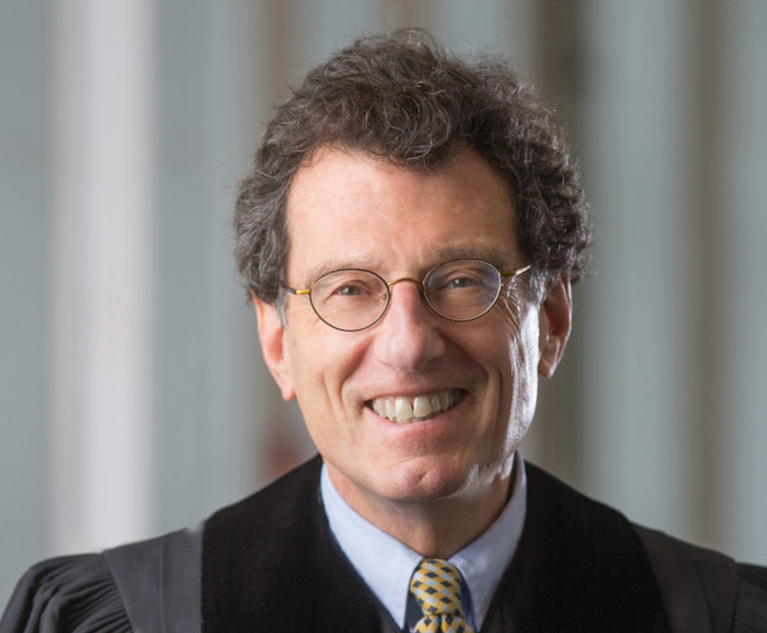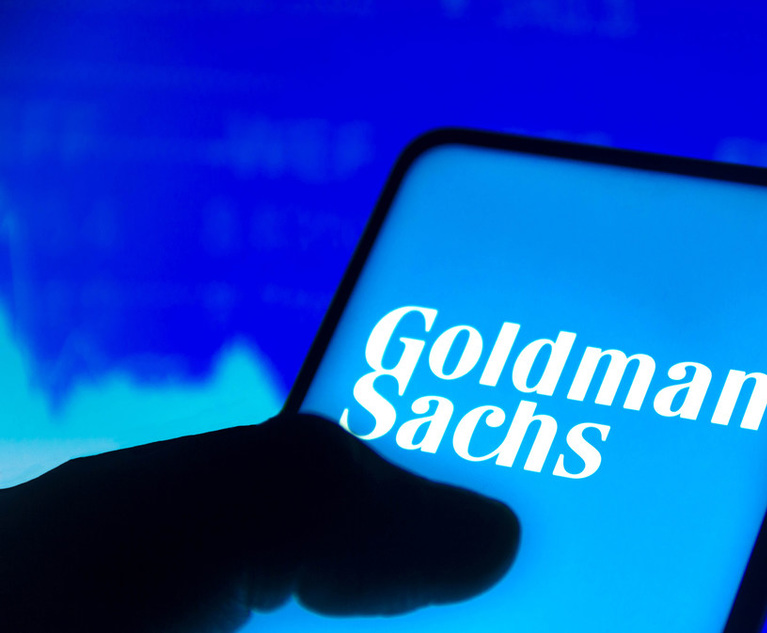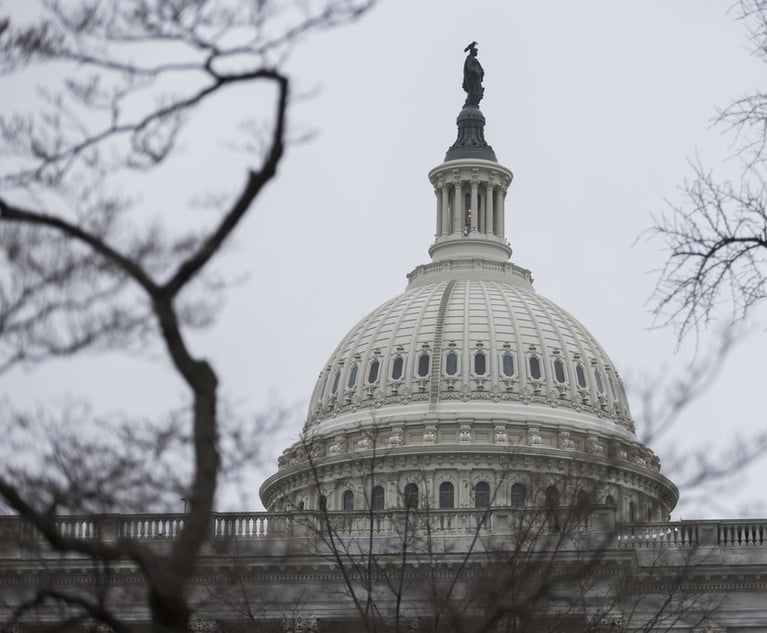The Second Circuit had a tough call to make in the Purdue Pharmacy bankruptcy appeal: what to do about the release given to the Sackler families who had agreed to contribute $5.5 to $6 billion to Purdue’s reorganization plan but were not themselves in bankruptcy. By the time that the Second Circuit heard the appeal from the district court’s rejection of the release, all of the objections had been withdrawn, except those of the U.S. trustee, a Justice Department official who does not represent any creditors, and some Canadian municipalities. The release issue was all that was holding up the distribution of billions of dollars to the claimants that include municipalities, hospitals and individuals and families who suffered serious harms from Purdue’s over promotion of OxyContin, which many claimants believe was due to the unlawful acts of the Sackers, who took out $11 billion from the company and are now living outside the United States.
The legality of third-party releases is an important issue that has divided the courts of appeals, with the Second Circuit having approved some in contexts different from this case. There is much to debate about whether the very detailed Bankruptcy Code allows releases of the kind that the Sacklers insist that they be given as a condition of making their contribution, but I will pass on that question now and instead focus on the Second Circuit’s obvious concern that releases not be given as a matter of course. To set up that guardrail, the court announced a seven-factor test that must be applied to determine whether a release is authorized.


 Alan Morrison (Courtesy photo)
Alan Morrison (Courtesy photo)




